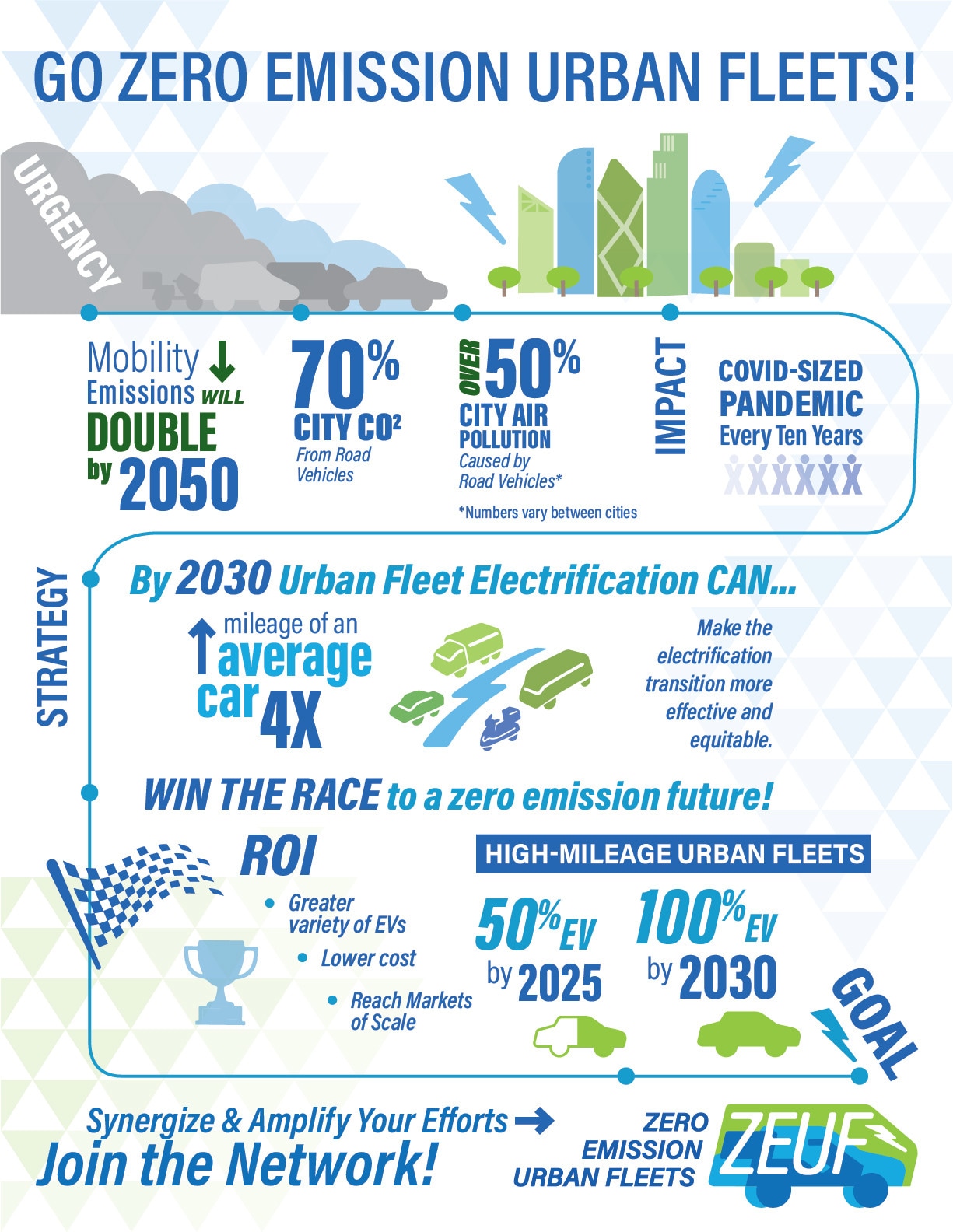Europe's first full-sized self-driving urban electric bus has arrived

The bus has a maximum carrying capacity of 60 passengers. Image: REUTERS/Jon Nazca

Get involved with our crowdsourced digital platform to deliver impact at scale
Stay up to date:
Automotive and New Mobility
- Málaga is the first place in Europe to trial full-size autonomous buses.
- China has recently changed the law to allow trials of its own.
- In Norway, where electric cars are already popular, two trials have been underway.
The electric, self-driving bus is coming to cities. In some parts of the world, it has already arrived. One of the latest cities to run a live-trial of autonomous buses is Málaga, in southern Spain.
Málaga is the sixth largest city in Spain and is a thriving tourist destination – in pre-pandemic times, at least. Now, a 12-metre self-driving bus will make an eight kilometre round-trip from the city centre to the port, six times daily.
The bus has a maximum carrying capacity of 60 passengers and is kitted out with sensors that allow it to respond to the environment around it. “The bus knows at all times where it is and what is around it,” Rafael Durban Carmona, from the Spanish transport company Avanza, told The Guardian newspaper.
This is thought to be the first such trial of a full-sized, autonomous passenger-carrying bus in Europe. Other similar trials involve smaller vehicles.
Passengers in Málaga travelling on the bus may be reassured by the sight of a driver, sitting at the wheel of the bus at all times – just in case of any problems, and because Spanish law doesn’t permit completely driverless vehicles.
Global interest
In January of this year, China announced new regulations to allow autonomous vehicles to be tested on public highways. Meanwhile, the technology company Huawei has developed a four-kilometre test site for self-driving buses. Located in the eastern city of Wuxi, the test-track has sensors and cameras built into it, which communicate directly with the vehicles.

Norway is one of the world leaders in the electric vehicle stakes, with more than half of all cars sold there in 2020 being battery-powered. Now, a year’s trial has begun in the capital city of Oslo with a fleet of autonomous minibuses.
In Scotland, a section of the M8 highway near Edinburgh will be joined by self-driving buses. Unlike other vehicles on the busy road, the high-tech vehicles will be permitted to use part of the highway known as the hard shoulder – a non-driving lane set aside for use by the emergency services or broken-down vehicles. Like their counterparts in Málaga, these Scottish buses will have drivers on board.
How is the World Economic Forum helping to scale vehicle electrification?
Even so, many remain sceptical about the safety of such autonomous vehicles. “We have always had safety concerns about a bus-only actively managed hard shoulder approach,” Neil Greig, the policy and research director of the UK’s IAM RoadSmart, told The Scotsman newspaper. “The thought of an autonomous bus bearing down on a broken-down vehicle does worry me.”
Don't miss any update on this topic
Create a free account and access your personalized content collection with our latest publications and analyses.
License and Republishing
World Economic Forum articles may be republished in accordance with the Creative Commons Attribution-NonCommercial-NoDerivatives 4.0 International Public License, and in accordance with our Terms of Use.
The views expressed in this article are those of the author alone and not the World Economic Forum.
Related topics:
The Agenda Weekly
A weekly update of the most important issues driving the global agenda
You can unsubscribe at any time using the link in our emails. For more details, review our privacy policy.
More on Energy TransitionSee all
Robin Pomeroy and Sophia Akram
April 26, 2024
Liam Coleman
April 25, 2024
Tarek Sultan
April 24, 2024
Jennifer Holmgren
April 23, 2024








